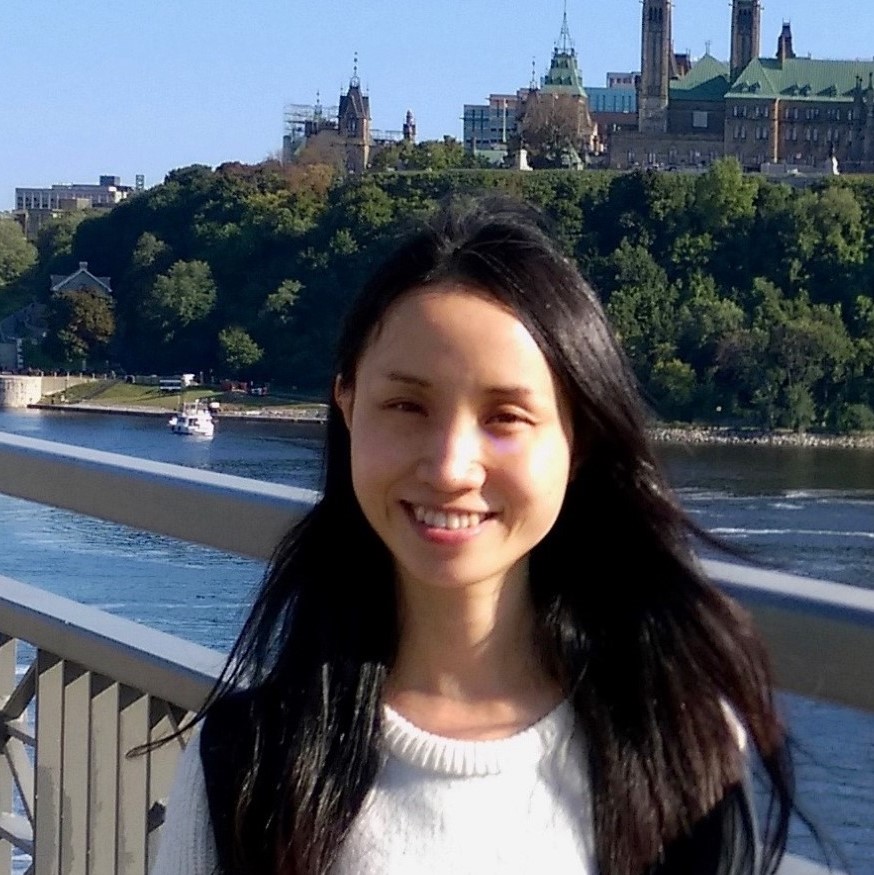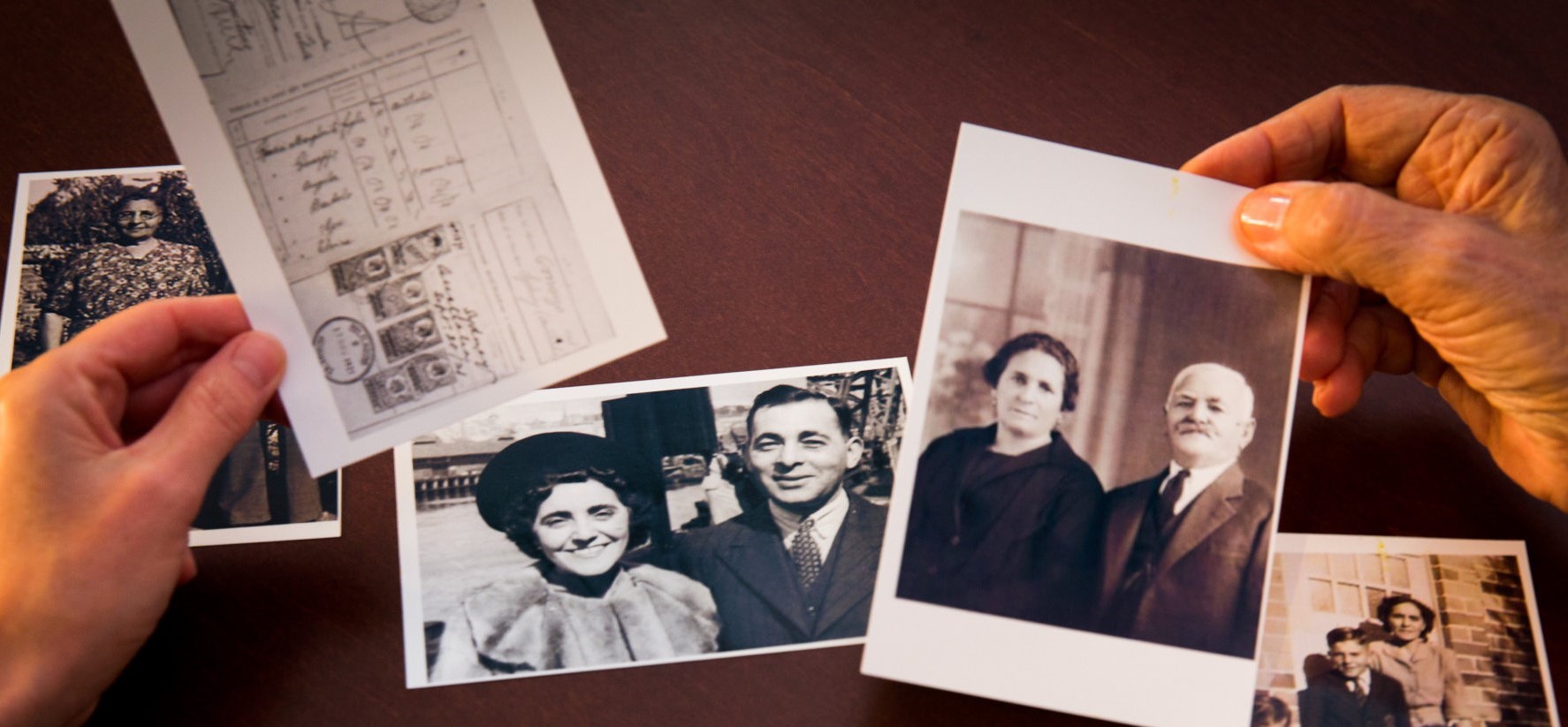A new project led by Dr Daozhi Xu explores the relationships between Indigenous and Chinese peoples preserved in Australian literature; stories which deserve an audience.
Indigenous and Asian relationships in contemporary Australian literature
Stories concerning the relationship between Indigenous and Chinese peoples has been a blind spot of Australia’s racial and ethnic relations. It demonstrates how multicultural Australian society was long before the multicultural policy. These stories deserve an audience interested in Australia’s public history.
The early contact between Indigenous Australian and Chinese peoples was facilitated by the Makassans in South Sulawesi, Indonesia, who collected trepang (also known as sea cucumbers) with the help of Indigenous peoples in the north coast of Australia and ultimately sold it to southern China where trepang was a prized delicacy. This trepang industry thrived along this trade route from at least the 18th century up to 1906-7 when the Australian government prohibited Makassans from harvesting trepang in the Australian waters (Stephenson 2007 26). Though we know little about the contact between Indigenous peoples and Chinese merchants in the trepang trade, it was possible that they encountered each other in Makassar, where Chinese trepang collectors who shipped trepang back to China gathered and Indigenous visitors are to known to have occasionally accompanied the Makassans going back after their seasonal trip (Stephenson 2007 33; Blair and Hall 2013 211–214).
More substantial interrelations were established with the influx of Chinese migrants during the mid- and late 19th century. Most Chinese migrants were male, and few Chinese women came to Australia at that time. Intimate or familial ties were formed between Chinese men and Indigenous women in north Australia. Most of these men were Hakkas (meaning “guest families” in Chinese), a sub-group of Han Chinese whose ancestors travelled from Central China to the south due to wars and famine (Ganter 2006 147). Common experiences of displacement contributed to the intimacies between Hakka Chinese and Indigenous women. Moreover, both peoples shared a deep relationship with land, and strong commitments to family and ancestry. Both cultures acknowledged polygamy and the dominant role of family in marriage (Ganter 2006 146-147).
However, the close and intimate relationships between Indigenous and Chinese peoples have met with restrictive legislation. Anti-miscegenation laws include Queensland’s Aboriginals Protection and Restriction of the Sale of Opium Act 1897, with similar legislation implemented in Western Australia in 1905, the Northern Territory in 1910, and South Australia in 1911. These acts and amendments were allegedly to protect Indigenous peoples from the Chinese who were regarded as principle drug dealers and carriers of venereal disease and leprosy (Stephenson 2007 75; Choo 1994 113). In fact, the segregation was to control the increase of a Chinese-Indigenous peoples’ population. These laws were compounded by a series of anti-Chinese legislations. Australia’s first anti-Chinese legislation, the Chinese Immigration Act 1855 (Vic), imposed a ten-pound poll tax on Chinese migrants and limited the number of Chinese on each vessel arriving on the shores of Victoria. The Immigration Restriction Act 1901, which was one of the first legislation passed after Federation, limited non-European immigrants from coming to Australia. It undergirded the decades-long White Australia policy. Due to the immigration restrictions and intensified anti-Chinese racism, many Chinese men were forced to return home, leaving behind their Indigenous partners and children (Stephenson 2007 79). Despite the institutional intervention and control, Indigenous and Chinese peoples continued building their bonds. Nowadays, a number of small communities with Chinese-Indigenous families are scattered in north Australia. Many Indigenous people have names of Chinese origin (Ganter 2006 146, 160).
To intersect Indigenous affairs with Chinese issues, as described by Anne Curthoys, remains ‘an uneasy conversation’ in the mainstream discourse (Curthoys 2000 21). There is a growing historical interest in the interactions and connections between Indigenous and Chinese Australians (as well as Asian immigrants more broadly). Representative historical and ethnographical works by Henry Reynolds, Peter Read, Sarah Yu, Christina Choo, Penny Edwards, Shen Yuanfang, Regina Ganter, and Peta Stephenson, among others, have shed light on the unrecognised history between these two groups.
Meanwhile, there has been a rising amount of literature featuring Indigenous-Chinese interrelations. Writing at the intersection between Indigenous peoples’ literature and Chinese Australian literature, authors of Indigenous and/or Chinese heritage engage with these interactions in a wide range of literary genres, including autobiographies, fiction, children’s books, picture books, poems, prose, and screenplays. They include Australia’s most acclaimed Indigenous writers such as Oodgeroo Noonuccal (formerly Kath Walker), Alexis Wright, and Kim Scott, as well as Australian writers who are of Chinese descent, such as Brian Castro (born in Hong Kong and of Portuguese, Chinese and English heritage), Ouyang Yu (from Mainland China) and Gabrielle Wang (Melbourne-born Chinese Australian), among others. These writings provide an engaging means for general readers to understand the cross-cultural alliances, tensions, and intimacies and why this ongoing history matters for contemporary Australian society.
Drawing on scholarship in historical, literary and cultural studies, therefore, my research focuses on fictional and non-fictional texts that narrate the historical and ongoing interactions between Indigenous peoples and Asian immigrants, published by Indigenous and Asian Australian writers.
References
Blair, Sandy, and Nicholas Hall. 2013. “Travelling the ‘Malay Road’: Recognising the heritage significance of the Macassan maritime trade route.” In Macassan History and Heritage: Journeys, Encounters and Influences, edited by Marshall Clark and Sally K. May, 205–26. Canberra, ANU Press. DOI: 10.22459/MHH.06.2013
Choo, Christine. 1994. “The Impact of Asian-Aboriginal Australian Contacts in Northern Australia.” Asian and Pacific Migration Journal 3 (2–3): 295–310. DOI: 10.1177/011719689400300218
Curthoys, Ann. 2000. “An Uneasy Conversation: The Multicultural and the Indigenous.” In Race, Colour and Identity in Australia and New Zealand, edited by John Docker and Gerhard Fischer, 21–36. Sydney: UNSW Press. Academia.edu
Ganter, Regina. 2006. Mixed Relations: Asian–Aboriginal Contact in North Australia. Crawley, W.A.: University of Western Australia Press. Trove Record
Stephenson, Peta. 2007. The Outsiders Within: Telling Australia’s Indigenous-Asian Story. Sydney: UNSW Press. Trove Record
All content on the blog is distributed under Creative Commons Attribution-ShareAlike 4.0 International license (CC BY-SA 4.0).



